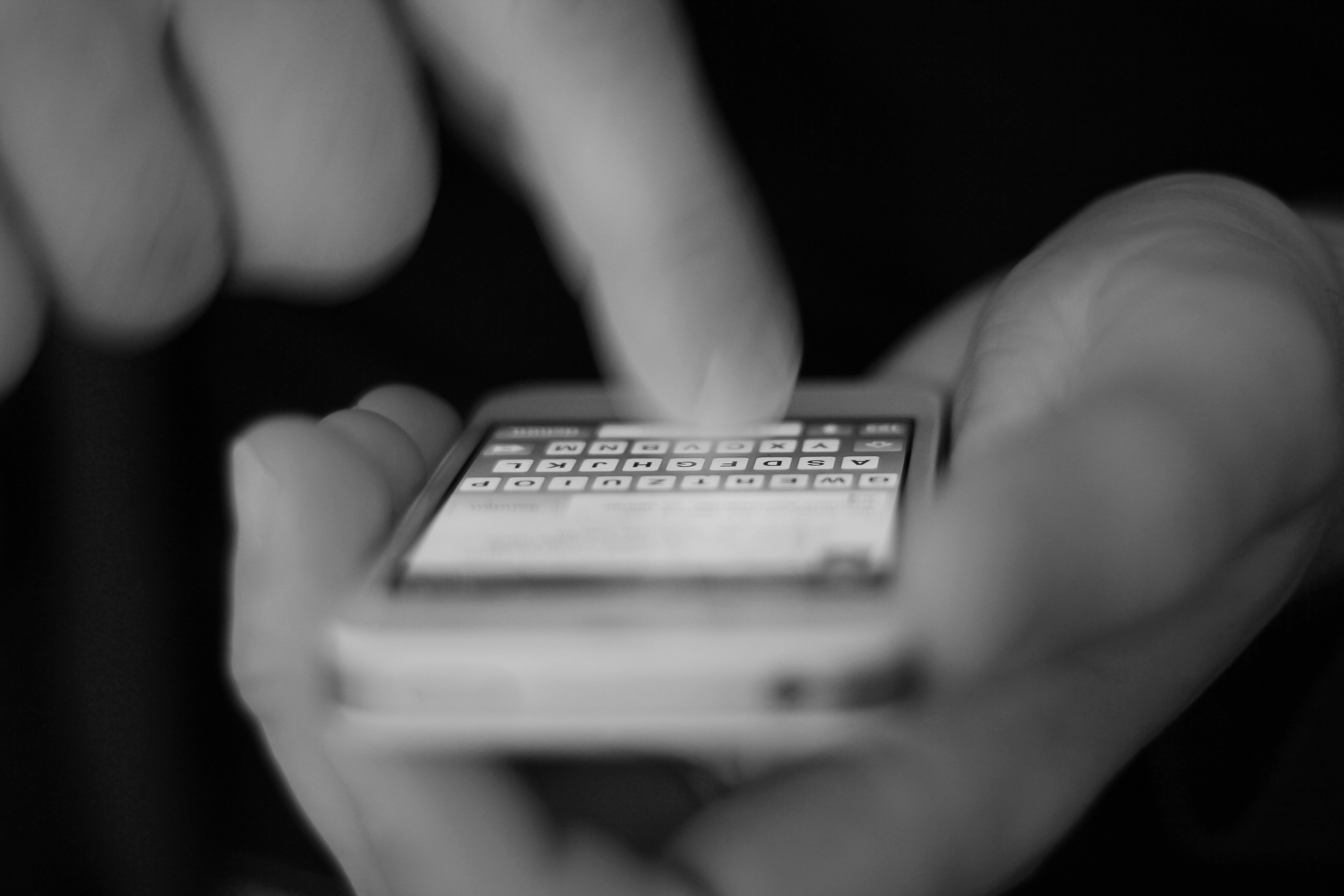By Ryann Sullivan, Deakin University
As technology has progressed and mobile phones have become part of everyday life, the prospects of research in activity recognition using mobile devices have opened new doors into how we interact with these mobile devices. The basis of my research was to investigate the effectiveness of using a variety of averaging techniques to enable real time analysis of data collected by accelerometer sensors found in many mobile devices currently on the market. In this research project I focused on trying to identify different physical behaviours (such as skipping, running, jumping etc.) that would then be used as a classification system in an augmented reality mobile game.
In the past decade there has been a lot of research in the field of activity recognition with regards to mobile devices. Much of this research has been directed to the field of healthcare and using activity recognition as a means of tracking elderly or injured patients. For example sending an alert message to staff in a nursing home when someone falls down or to track an injured athlete in a rehab facility to ensure they are getting the correct amount of exercise to make an optimal recovery. In previous research studies, sensors have often been mounted on the participant to ensure that the recorded data remains in a fixed frame of reference relative to the participant however for my research one of the fundamental aims was for participants not to be restricted by having to wear the sensor but instead be able to hold it freely in the hand.
It was identified that the data processing method needs to be sensitive to the fact that the signals being collected are very noisy as the movements of children running around are much less fluid than the movements of retirees standing up. Also the fact that the sensors are very cheap in order to keep the cost of the devices to consumers low means they lack precision and create noisier signals than devices that are purely used for accelerometry purposes. Signal noise can also be attributed to the fact that the participant does not wear the sensor and therefore rotations and translations of the phone relative to the participant will corrupt signals.
From completing this research project it was found that some averaging techniques are identical in the way they are affected by noise in signals. It was also found that some of the computationally simpler averaging techniques performed just as well as the more complex averaging techniques giving the possibility of further research into how these specific techniques perform side by side. This research was part of a larger cross-disciplinary research team investigating the use of augmented reality games on smartphones and tablets, as a means of engaging children in physical exercise at school.
Ryann Sullivan was one of the recipients of a 2013/14 AMSI Vacation Research Scholarship.

